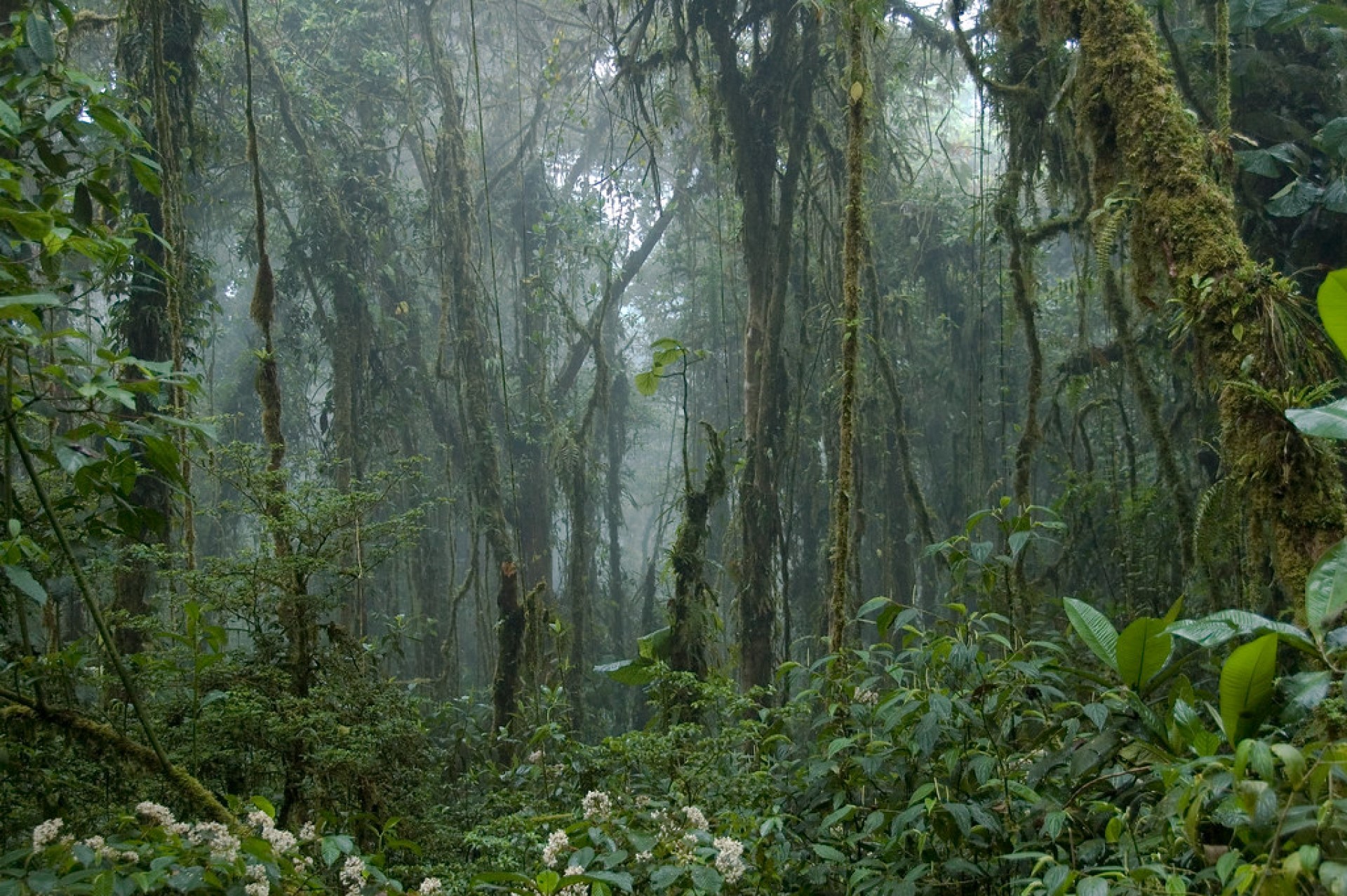
Costa Rica
Costa rica is thought to be home to around half a million species (a little over 300,000 of these are insects). This makes it one of the 20 most biodiverse countries in the world. The reason for this biodiversity, is that, up until humans cut it off, Costa Rica, and other central American countries, lie on a land bridge between north and south America. As a result of this, much of both north and southern American wildlife has made it home (the Panama canal, has made this flow virtually impossible, and it is quite possible that over time, it will end up causing the extinction of various species in both continents).
The country hosts 3 Unesco sites (The Talamanca Mountain Range, The Isla del Coco National Park and The Guanacaste Conservation Area).
Some of the habitats include a range of types of forest, including tropical rainforests, deciduous forests, Atlantic and Pacific coastline, cloud forests, and mangrove forests are all represented throughout the 19,730 square miles of Costa Rica’s landmass.
There are a range of threats to Costa Rica’s incredible level of biodiversity include a rapidly growing human population, developing coastlines for the industry of tourism (odd given the large quantity of tourism that comes to enjoy the ecotourism on the island) and harmful agricultural practices all contributing to pollution and environmental degradation. The practice causing the largest concern for Costa Rica’s environment is deforestation. Costa Rica has the fourth highest rate of deforestation in the world. Almost four percent of its current forested lands are cut each year. Clearing land for cattle ranching is the most common cause of deforestation. This form of environmental damage along with the farming of monocultures leads to areas where only a few species of plants are present. Ultimately, decreases in plant diversity leads to decreased animal diversity.










